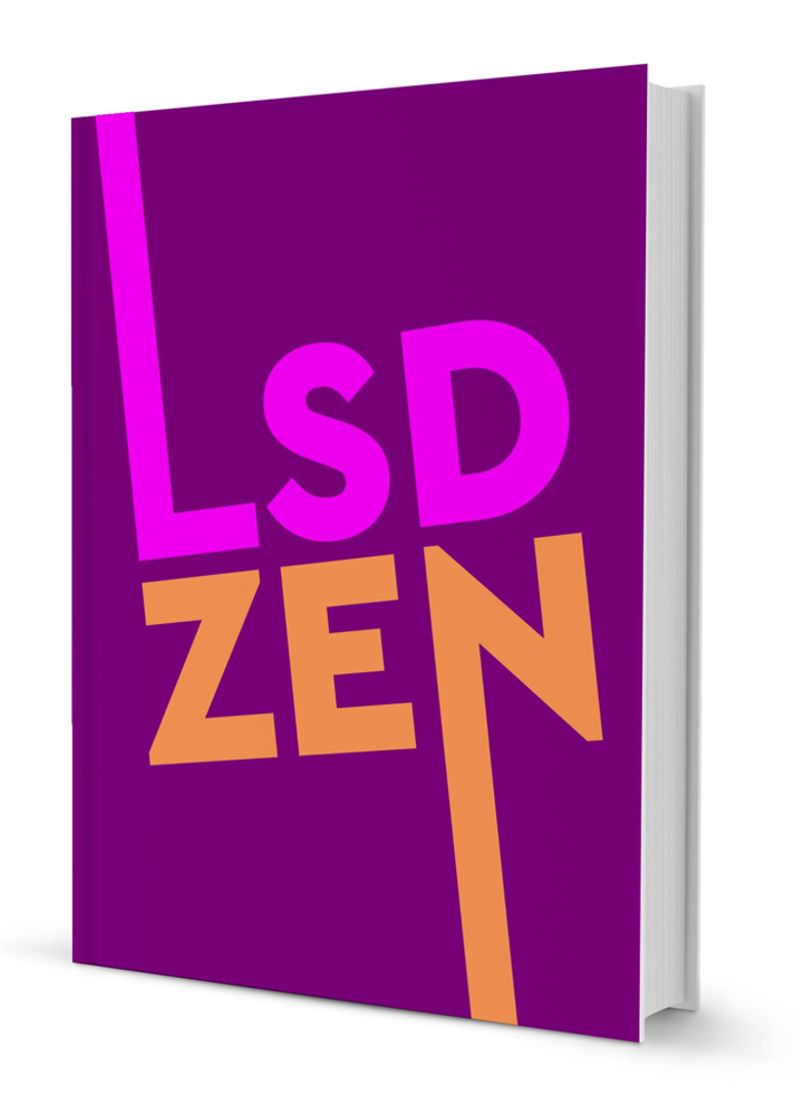What is the psychedelic movement?
Editorial by The Editors, 1967
Three years ago, when
The Psychedelic Review started, it was the consuming interest of a few hundred adventurous scientists, artists and scholars. Now — a phenomenon on the national scale, already spreading to other Western countries. The magical letters 'L-S-D' provide jokes and puns for columnists, sermon topics for ministers, irritating anxiety for law-makers and enforcers, and commercial stimulation for the owners of boutiques and discotheques.
Life magazine in April estimated a million doses of LSD would be consumed in 1966. More recent estimates from informed sources indicate that between 40 and 50 grams, i.e. around 200,000 doses, ore being produced and distributed per month. Of course no one knows how many people consume these amounts, but it seems safe to predict that by the end of 1967 a million people will have taken LSD. A million minds blown. A million people looking for new ways to express, communicate, channel, integrate the revelations and visions of the interior journey.
In looking around for examples of how psychedelic experiences may be integrated harmoniously into communal life, we should look to the one group in our society that has been using psychedelic drugs as sacraments for 150 years — the Peyote Indians. Stewart Brand's article in this issue describes the powerful simple ritual
These churches are organic tribal groups of voyagers on a common and ancient path. They do not proselytize. Timothy Leary constantly preaches a theme of decentralization. Found your own religion, start your own country. Avoid the bureaucratic structure which will inevitably stifle the ecstatic impulse.
While these infant churches are building the new social forms of the psychedelic movement, the artists are consciously transforming the environment into psychedelic information. The aim is no longer to express or to please; the aim is to "turn on". Moreover the criteria are becoming less subjective. Art works if it turns you on; and there is no uncertainty about what it means to "turn on".
A few painters, such as Allen Atwell, Isaac Abrams, Mati Klarwein, Burton Schonberg, have used the traditional medium of oil on canvas to convey the psychedelic images. But the most popular and typical psychedelic art uses the moving media: film and expanded film or media mix, as in the USCO shows, the Leary celebrations, Trips Festival etc.
In a psychedelic experience there is sensory bombardment and there is centering. So we have multi-channel audio-visual inputs, and we have drone and mandala as centering devices.
IBM had mandalas in its windows at Christmas. In a world of information chaos, heightened by psychedelics, the calm discs and bull's eyes that many of the light-composers are making serve as cool centers in a stimulus hurricane.
The far-reaching implications of psychedelics for education have not yet even begun to be explored. We cannot deny that the educational system as it is now does not provide the kind of knowledge needed by to-day's youth, and the youth are demonstrating their awareness of the system's obsolescence by "dropping out" in increasing numbers, by founding 'experimental' or 'free' colleges etc. Statistics released by the
Associate
U.S. Commissioner of Education for Research show high-school drop-outs have a higher average I.Q. than high-school graduates. As Mcluhan points out "we are only beginning to realize what a tiny slice of human possibilities we now educate". Yet we know now (see
Notes on Current Research) that LSD can facilitate creative problem-solving; it can further precisely those abilities that we don't know how to teach by conventional means.
The 'tuned-in' nervous system of a child in its normal state or of an adult In the turned-on state can produce a dozen variants or solutions of a problem, as compared to the normal one or two. "Education in the future", according to Marshall McLuhan, "will be more concerned with training the senses and perceptions than with stuffing brains". Psychedelics are likely to play a key role in this kind of sensory training and the development of dormant capacities.
The consciousness of the old world is dominated by linear, typographical thinking, and by Aristotelian either-or logic; its characteristic feeling-tone is alcoholic blunt aggressiveness. The consciousness of the new/young world uses the integrated simultaneity of the electronic information-arts (TV, film), and multi-level Oriental logic; its predominant feeling-tone is the comprehensive sensory fusion produced by psychedelics. In this spirit: The new [1967]
Psychedelic Review.
Download Our Free Psychedelic Healing Books






